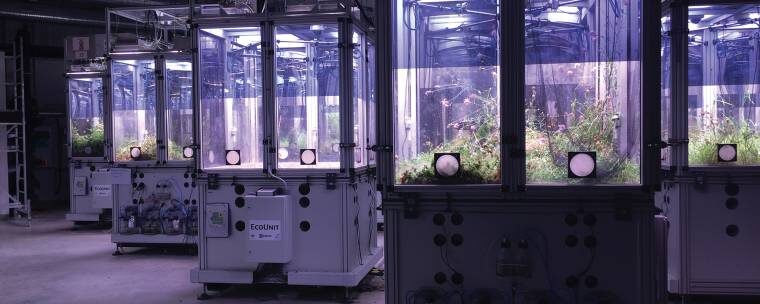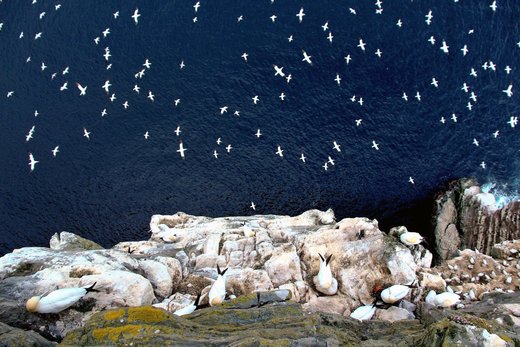
The team used 24 of the Ecotron units to create tiny grasslands, each with the same 12 herbaceous species but with varying densities of invertebrates collected from a local meadow: 100 percent (the same density as in the meadow), 25 percent, or no invertebrates. Then the researchers observed the ecosystems over the next 18 weeks.
Over that time, units with lower invertebrate densities showed increased abundances of the dominant plant species Trifolium pratense, the team found. In addition, some plant species tended to flower later in these units, while others flowered earlier.
Comment: Trifolium pratense, aka red clover.
Crucially, as noted in Spring arriving earlier across the US throwing wildlife into disarray:
When species that depend on one another — such as pollinating insects and plants seeking pollination - don't respond similarly to changing conditions, populations suffer.
An unexpected aphid infestation, primarily in units designated as invertebrate-free, somewhat complicated interpretation of the results, notes Ulrich, although "in the end, it was quite cool that we had it, because this is one of the future scenarios — that there will be more infestations."
The University of Basel's Jürg Stöcklin, who wasn't involved in the work, says the results about flowering time are particularly novel. "It's a proof of concept" study, he adds, noting that the underlying mechanisms aren't yet clear, and that the team's plant communities are less diverse than wild communities. "The question could be asked: How is it in real communities?" he says. But, "if you want to understand what's going on, to disentangle the different effects, we need such [experimental] studies."
J. Ulrich et al., "Invertebrate decline leads to shifts in plant species abundance and phenology," Front Plant Sci, 11:542125, 2020.



Comment: It perhaps shouldn't be surprising then, what with data showing a collapse in insect numbers, combined with agricultural practices that decimate life as a matter of course, that the crops we rely on for sustenance are blighted with diseases.
One also wonders whether this symbiosis could mitigate the impact of plants blooming earlier, that seems to be related to the shifting and extreme weather patterns?